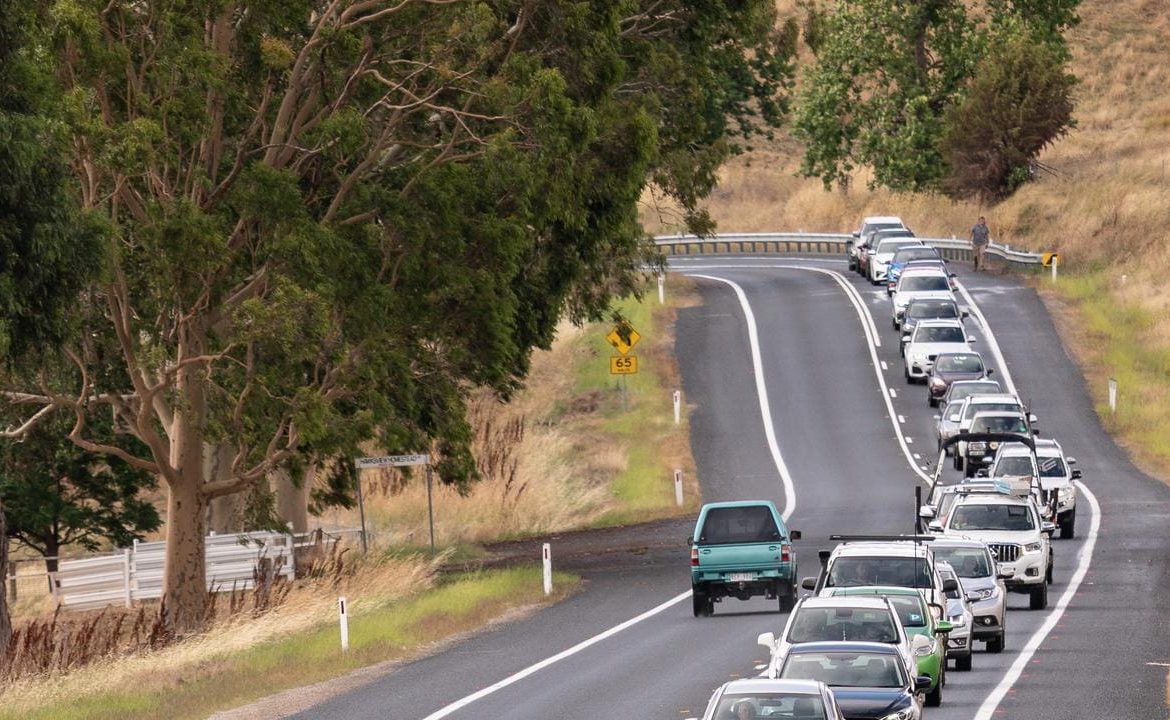Thousands of Australians deserted capital cities in record numbers during the September quarter, with Sydney the biggest loser.
Capital cities had a net loss of more than 11,000 people from internal migration in the three months to the end of September, according to the Australian Bureau of Statistics.
It is the largest quarterly net loss on record, the regional internal migration estimates show.
Brisbane gained the most people through net internal migration (3,200) while Sydney lost the most (7,800).
In net terms, Victoria did not gain people from any state or territory and lost most to Queensland.
Overall, the state of Queensland gained the most people from interstate while NSW lost the most during the September quarter.
And Greater Darwin had its first net gain from internal migration since the June 2015 quarter.
The number of interstate movers in the September 2020 quarter was the lowest since the September 2014 quarter.
A total 76,200 people moved interstate in the three months to the end of September 2020.
It was 9,200 less than the number who moved in the previous quarter and 10,600 less than the same period last year.
Australian National University demographer Dr Liz Allen said many people have realised during COVID-19 that more of their lives can be done online, opening up opportunities to live beyond city limits while maintaining their way of life.
“COVID-19 has had a significant impact on the lives of Australians, especially impacting people in major cities where nearly all major community transmission outbreaks have occurred,” Dr Allen said.
“Sydney and Melbourne have experienced the greatest of all capital cities in Australia in terms of lockdown and necessary behavioural change, so it’s not at all surprising that people have been moving out and away from these restrictions and into other areas.”
Meanwhile, she said Queensland has been an attractive place to move from elsewhere within Australia, even before COVID, with its lifestyle and job opportunities appealing to those seeking a change.
However, she expects the current trend away from capital cities will be short lived as people realise infrastructure in regional areas is “woefully inadequate.”
“The trend we’re seeing at present is the result of others not moving into the areas where people have left, which would ordinarily happen,” she said.
“The sad reality is that postcode determines many socio-economic outcomes for Australians, for example, how long we live.
“The moment people realise that the infrastructure is woefully inadequate in regional areas is the moment the country could experience secondary impacts of COVID, whereby employment, housing and education won’t be able to meet the needs of residents.
“We’ll have a crisis on our hands, lasting far longer than the COVID impacts themselves.
“In the absence of any real investments in regional areas, the moment COVID community-acquired infections settle we’ll likely have a resumption of pre-COVID internal migration patterns.”







